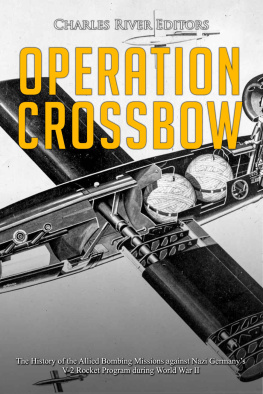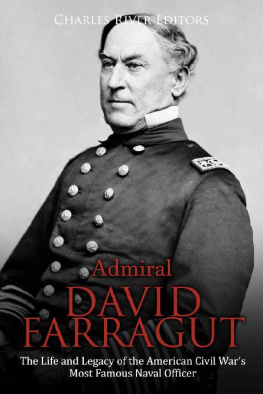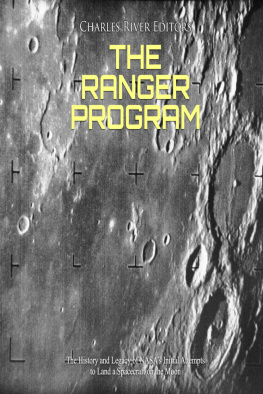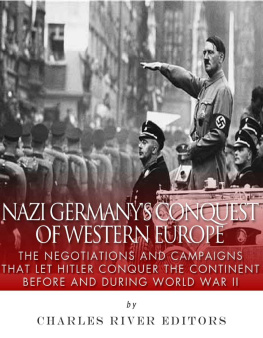Charles River Editors - Operation Crossbow: The History of the Allied Bombing Missions against Nazi Germany’s V-2 Rocket Program during World War II
Here you can read online Charles River Editors - Operation Crossbow: The History of the Allied Bombing Missions against Nazi Germany’s V-2 Rocket Program during World War II full text of the book (entire story) in english for free. Download pdf and epub, get meaning, cover and reviews about this ebook. year: 2021, publisher: Charles River Editors, genre: History. Description of the work, (preface) as well as reviews are available. Best literature library LitArk.com created for fans of good reading and offers a wide selection of genres:
Romance novel
Science fiction
Adventure
Detective
Science
History
Home and family
Prose
Art
Politics
Computer
Non-fiction
Religion
Business
Children
Humor
Choose a favorite category and find really read worthwhile books. Enjoy immersion in the world of imagination, feel the emotions of the characters or learn something new for yourself, make an fascinating discovery.
- Book:Operation Crossbow: The History of the Allied Bombing Missions against Nazi Germany’s V-2 Rocket Program during World War II
- Author:
- Publisher:Charles River Editors
- Genre:
- Year:2021
- Rating:4 / 5
- Favourites:Add to favourites
- Your mark:
- 80
- 1
- 2
- 3
- 4
- 5
Operation Crossbow: The History of the Allied Bombing Missions against Nazi Germany’s V-2 Rocket Program during World War II: summary, description and annotation
We offer to read an annotation, description, summary or preface (depends on what the author of the book "Operation Crossbow: The History of the Allied Bombing Missions against Nazi Germany’s V-2 Rocket Program during World War II" wrote himself). If you haven't found the necessary information about the book — write in the comments, we will try to find it.
Charles River Editors: author's other books
Who wrote Operation Crossbow: The History of the Allied Bombing Missions against Nazi Germany’s V-2 Rocket Program during World War II? Find out the surname, the name of the author of the book and a list of all author's works by series.
Operation Crossbow: The History of the Allied Bombing Missions against Nazi Germany’s V-2 Rocket Program during World War II — read online for free the complete book (whole text) full work
Below is the text of the book, divided by pages. System saving the place of the last page read, allows you to conveniently read the book "Operation Crossbow: The History of the Allied Bombing Missions against Nazi Germany’s V-2 Rocket Program during World War II" online for free, without having to search again every time where you left off. Put a bookmark, and you can go to the page where you finished reading at any time.
Font size:
Interval:
Bookmark:
By Charles River Editors
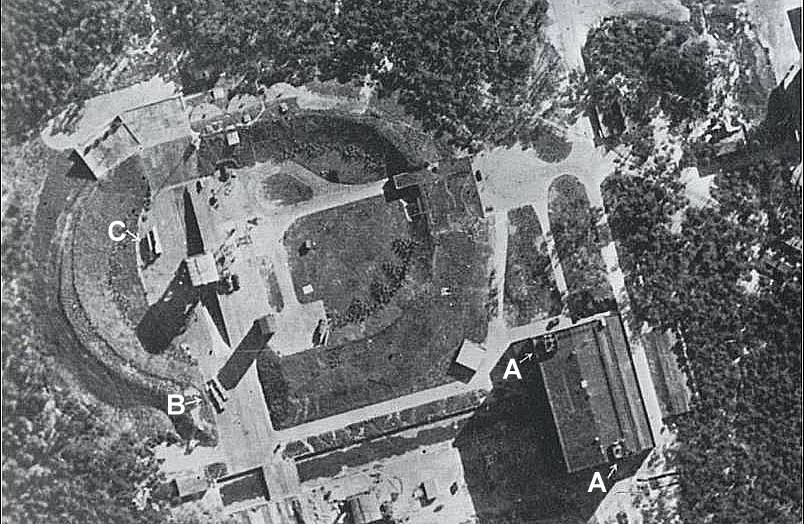
An aerial reconaissance photo of Peenemnde Test Stand VII

Charles River Editors provides superior editing and original writing services across the digital publishing industry, with the expertise to create digital content for publishers across a vast range of subject matter. In addition to providing original digital content for third party publishers, we also republish civilizations greatest literary works, bringing them to new generations of readers via ebooks.
Sign up here to receive updates about free books as we publish them , and visit Our Kindle Author Page to browse todays free promotions and our most recently published Kindle titles.
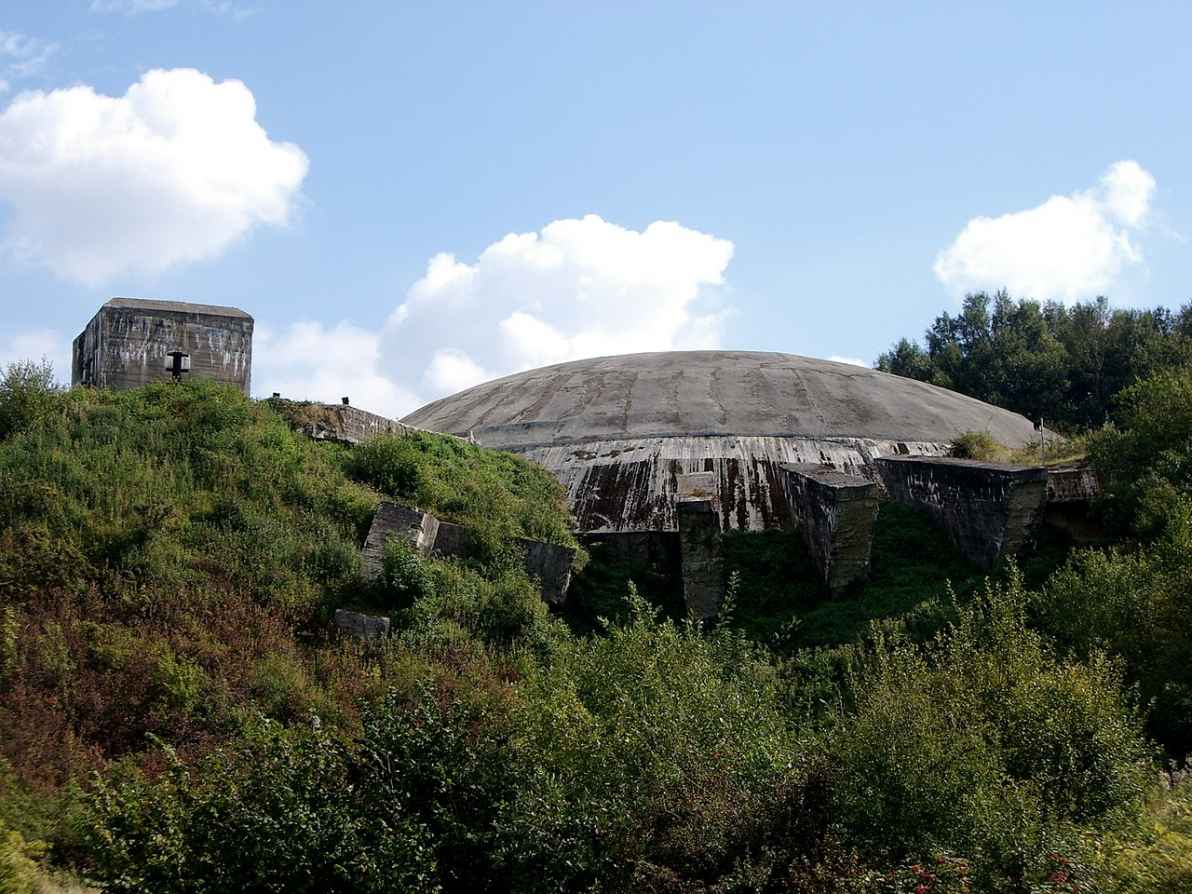
Clare Wilkinsons picture of the La Coupole V-2 launch site
After the last shots of World War II were fired and the process of rebuilding Germany and Europe began, the Western Allies and the Soviet Union each tried to obtain the services of the Third Reich's leading scientists, especially those involved in rocketry, missile technology, and aerospace research. Naturally, this was a delicate affair due to the fact many of the German scientists were not only active Nazis but had helped the Nazi war machine terrorize the world. At the same time, near the end of the war, the Anglo-American Allies formed a clear picture of the Soviet state. Though forced to ally with the USSR's dictator, Joseph Stalin, the West came to understand Communist Russia represented yet another hungry totalitarian power, and thus a very real threat to an independent Europe.
Of course, both the Western Allies and the Soviets knew of the Nazis V-2 rocket program, the forerunner of ballistic missiles and the Space Race. Indeed, the efforts to snatch up Nazi scientists reflected the fact that everyone recognized the immense strategic value of these technologies and wished to secure their benefits for themselves. As the Soviets contemplated additional expansion following the Great Patriotic War and the U.S. military came to understand the putative allies of 1945 may emerge as enemies in the future, the men possessing knowledge of the V-2 rockets and other Third Reich military technology programs became seen as crucial pieces in the incipient standoff between NATO and the Warsaw Pact.
The British were only too aware of the dangers and potential of the Nazi rockets because the Nazi V-weapon bombardment of London and the south coast of England in 1944 and 1945 involved some of the most frightening attacks on civilians during the war. Not only did the V-1 missiles and V-2 rockets land unpredictably on civilian areas, causing damage and casualties, but they also represented the use of strange new technologies developed by Nazi scientists. After all, if the Nazis could design and develop rockets long before the Allied nations, perhaps they were also working on other, even more devastating new weapons.
To counter the V-weapons, the Allies implemented Operation Crossbow, which aimed to find ways to stop or at least reduce the number of V-weapons reaching their targets, and to reassure the population of Allied nations that these terrifying new weapons could be understood and overcome. The importance of Operation Crossbow was high enough that, despite being involved in massive military operations in Sicily and preparing for the Normandy landings, the Allies diverted manpower and resources to counter the V-weapon threat. This decision was made at the highest level, and those in charge were determined to ensure that Operation Crossbow would not fail.
Operation Crossbow: The History of the Allied Bombing Missions against Nazi Germanys V-2 Rocket Program during World War II looks at one of the wars most unique operations. Along with pictures of important people, places, and events, you will learn about Operation Crossbow like never before.
For the first two years of that war, it seemed that nothing could stop Germany, which occupied most of Poland, Norway, Denmark, Belgium, Luxembourg, and France by the summer of 1940. Within 18 months, Germany also effectively controlled Greece, Romania, Yugoslavia, and parts of North Africa. Only Britain remained in the fight, and Nazi Germany controlled virtually all of mainland Europe. Then, in June 1941, Hitler sent his forces to invade the Soviet Union. Most people expected this campaign to lead to a speedy defeat of the Communist regime, but that was not what happened. Instead, Germany found itself in a prolonged war, which cost millions of casualties. In December of 1941, Japan attacked the United States at Pearl Harbor, and as an ally of Japan, Hitler also declared war on America.
Suddenly, Germany found itself facing the combined military might and industrial capacity of America, Russia, and the British Empire simultaneously. It gradually became cleareven to the megalomaniacal Hitlerthat Germany could not hope to win a conventional war against these enemies. If Germany were to have any hope of victory, it would need new and more effective weapons developed by German scientists.
As the military situation continued to worsen during 1942, German propaganda began increasingly referring to Wunderwaffen (Miracle Weapons), potent and terrifying new secret weapons created with the latest technology to be used to defeat the superior numbers of troops and weapons facing the Wehrmacht on the battlefield. The Propaganda Ministry gave the impression that the use of these new weapons was just around the corner, but the truth was rather different. Some of these new weapons were, indeed, close to completion, but as advanced as the rocket program and various aircraft like the Messerschmitt Me262 jet fighter/bomber were, what Germany needed was something so different and so potent that it would force the Allies to sue for peace.
This led to some projects that sounded as if they were drawn from the realms of science-fiction. The Sonnengewehr (Sun Gun) was a plan to build a giant orbiting mirror made from metallic sodium, which could focus a heat-ray capable of destroying a city on the surface of the Earth. This was precisely the type of weapon that Hitler wanted, and research was vigorously pursued. However, German scientists interviewed after the war admitted that it might have taken up to 50 years to bring such a weapon to operational status. That simply was not soon enough for the Nazis.
By the end of 1942, Germany had endured a huge defeat at Stalingrad, and the Red Army had started an advance that would continue until it had reached Berlin in May 1945. American and Allied troops had landed in North Africa and were rapidly occupying territory formerly held by troops of Germanys ally, the Vichy French regime. British and American strategic bombers pounded German cities and industrial targets by day and night. German U-Boat attacks in the North Atlantic, which had come close to starving Britain in 1941, were being repulsed by new technology and larger numbers of British and American warships and aircraft.
What Hitler wanted was a new, strategic weapon, something that could be used to directly attack cities in Britain and beyond in the hope that devastating attacks on civilian centers would force the Allies to seek an end to the war on terms favorable to Germany. Germany had virtually no strategic bombers. The development of the German Air Force, the Luftwaffe, had focused on short-range bombers used to support ground troops or conduct bombing attacks within mainland Europe. There was simply no German equivalent to the heavy bombers of the Royal Air Force (RAF) and the United States Army Air Forces (USAAF). For example, the four-engine Lancaster, one of the main RAF bombers in service in 1942, could carry a bomb load of up to 10,000 kg. In comparison, the twin-engine Heinkel He111, the most numerous Luftwaffe bomber in 1942, carried just 2,000 kg of bombs within its small bomb bay. If Hitler was going to bomb the Allies to the negotiating table, he could not rely on the Luftwaffe bombers.
Font size:
Interval:
Bookmark:
Similar books «Operation Crossbow: The History of the Allied Bombing Missions against Nazi Germany’s V-2 Rocket Program during World War II»
Look at similar books to Operation Crossbow: The History of the Allied Bombing Missions against Nazi Germany’s V-2 Rocket Program during World War II. We have selected literature similar in name and meaning in the hope of providing readers with more options to find new, interesting, not yet read works.
Discussion, reviews of the book Operation Crossbow: The History of the Allied Bombing Missions against Nazi Germany’s V-2 Rocket Program during World War II and just readers' own opinions. Leave your comments, write what you think about the work, its meaning or the main characters. Specify what exactly you liked and what you didn't like, and why you think so.

